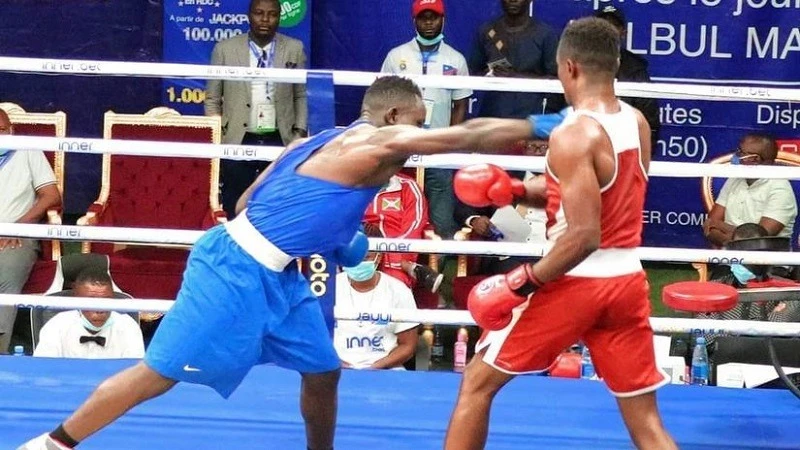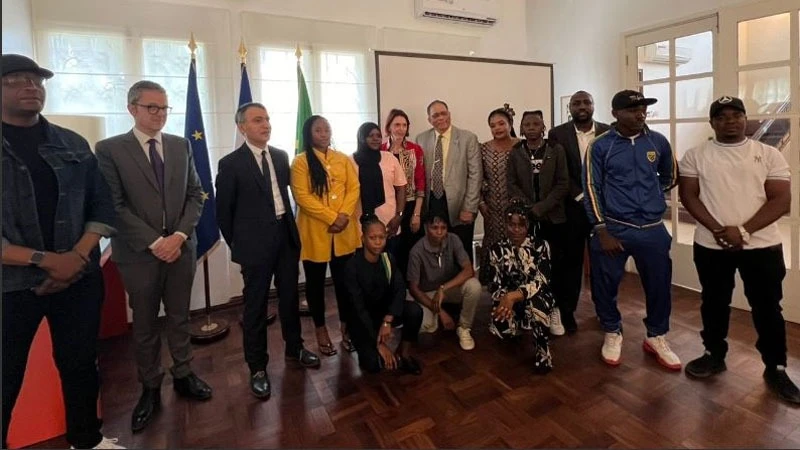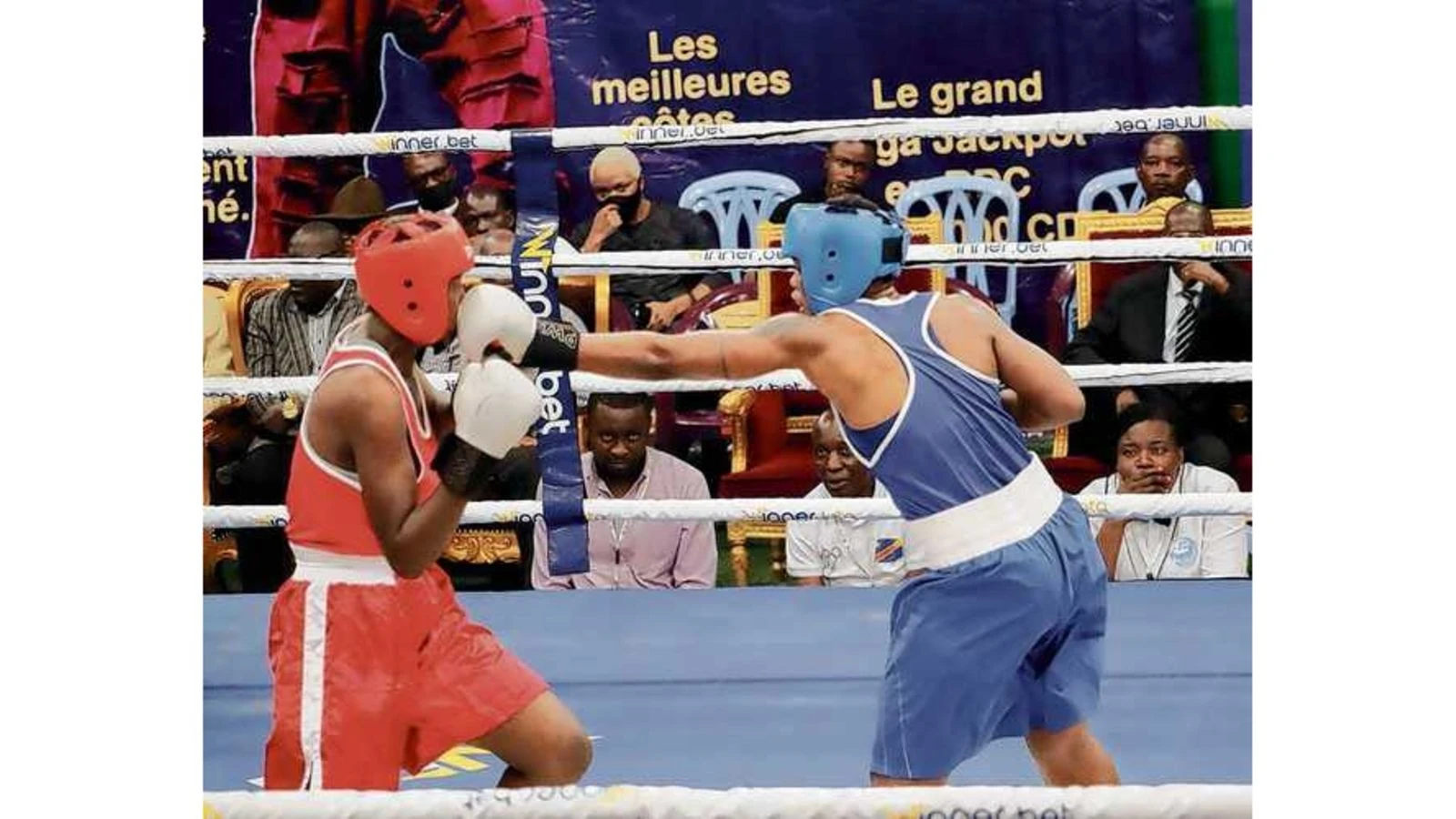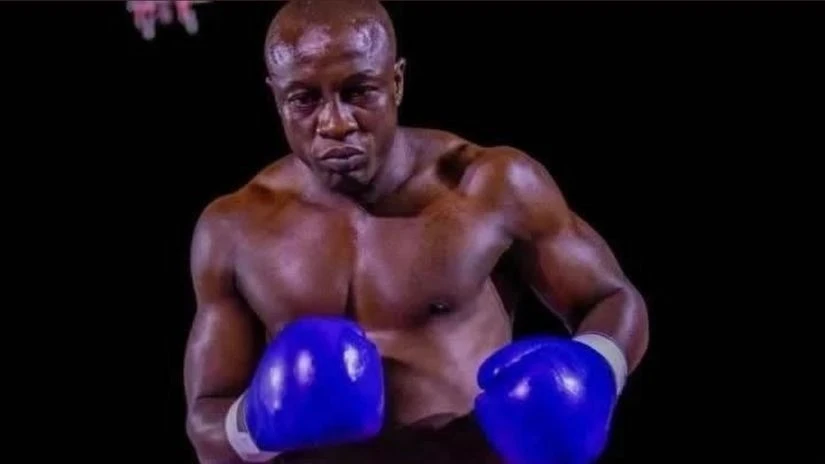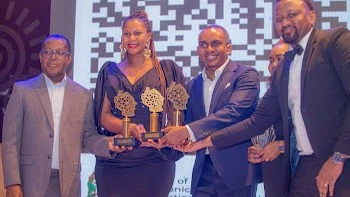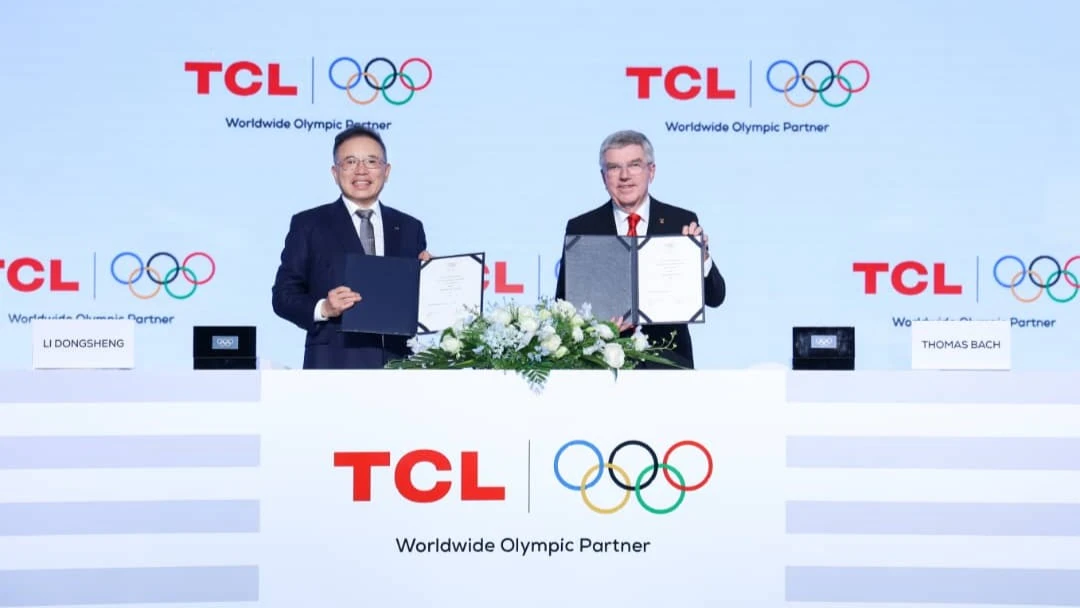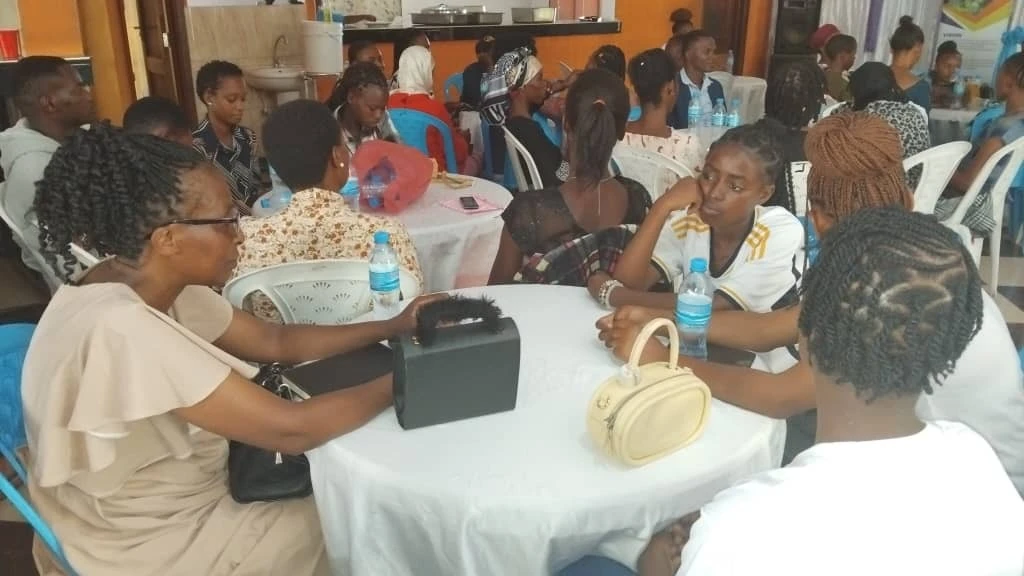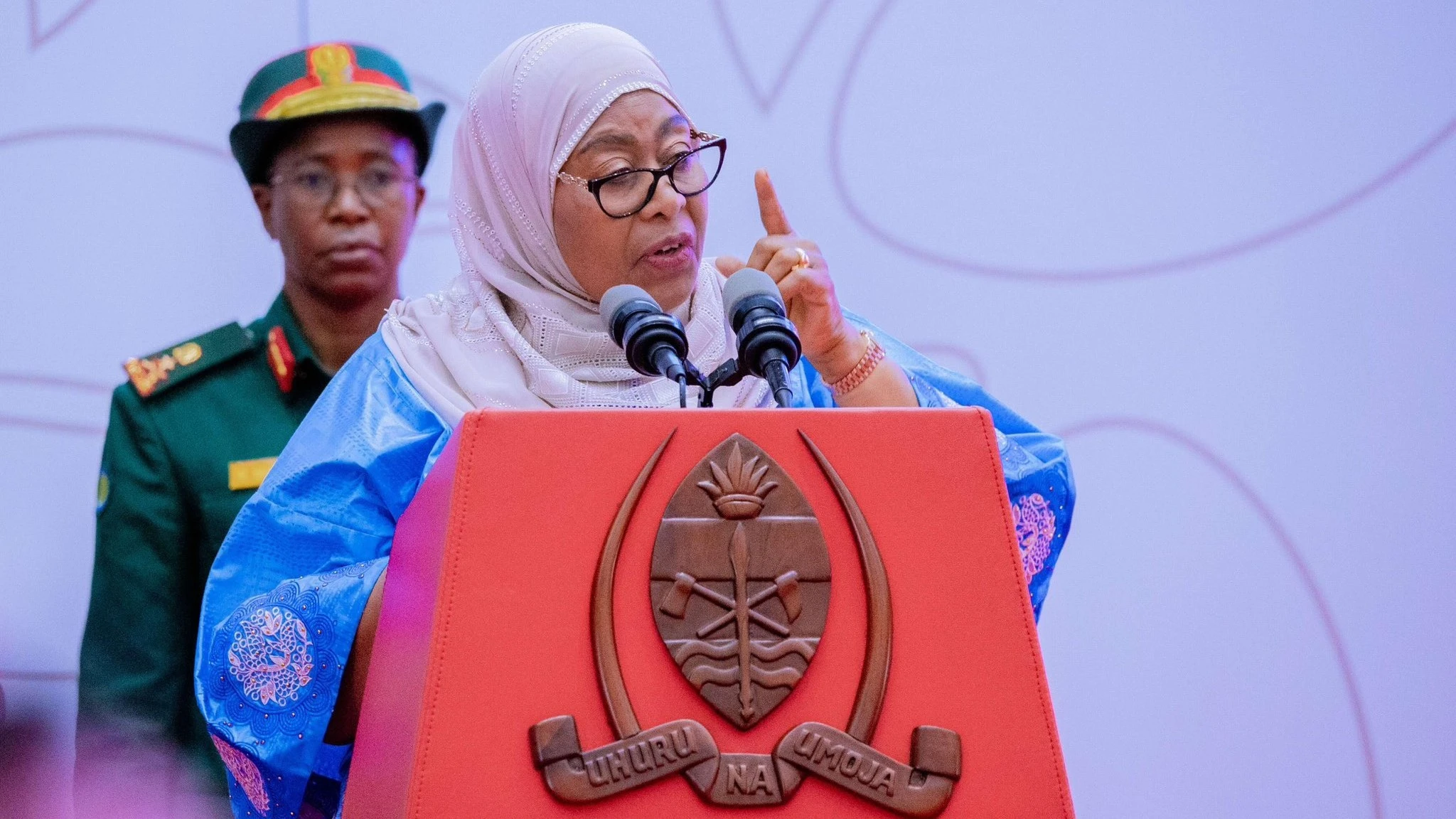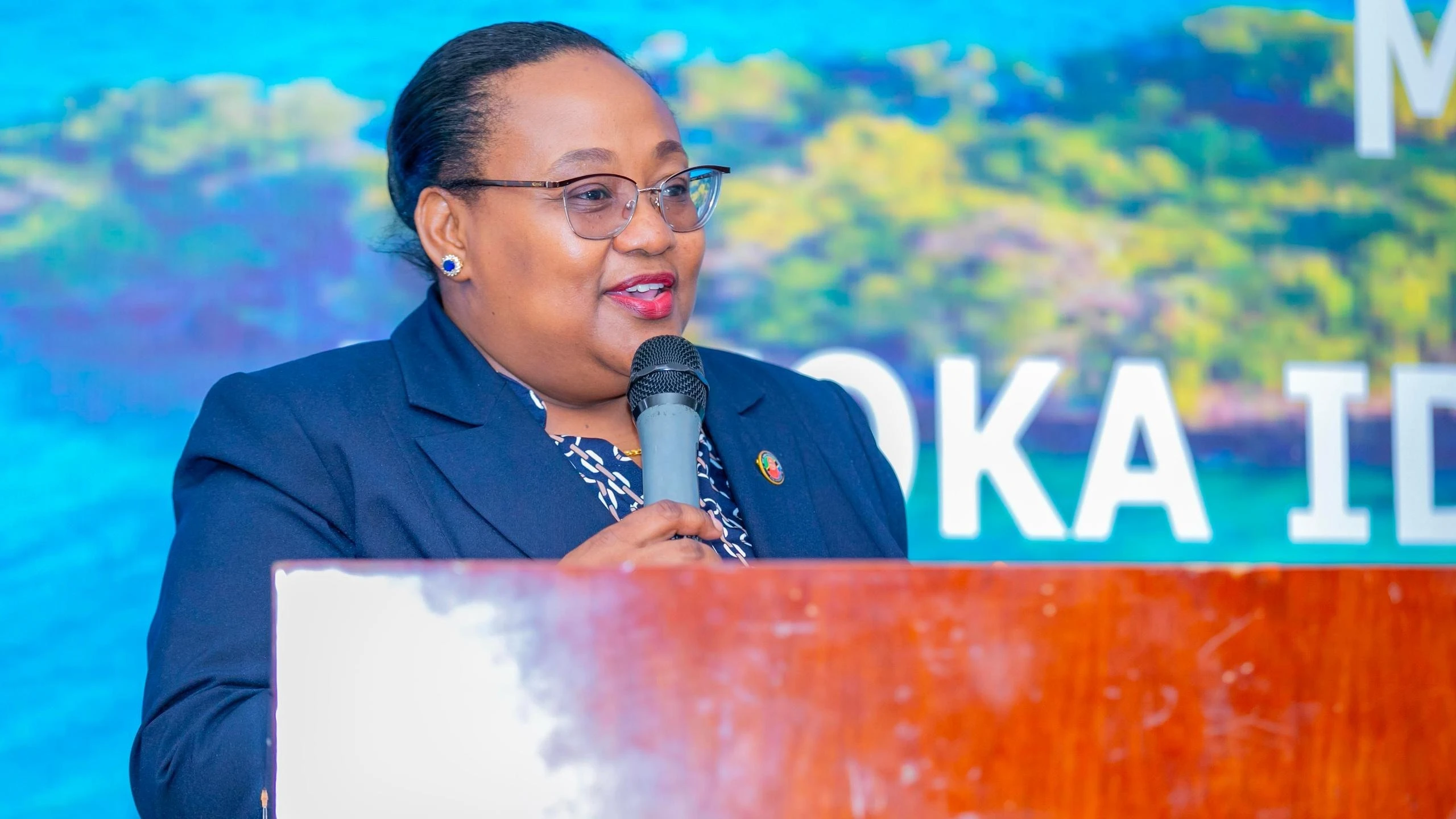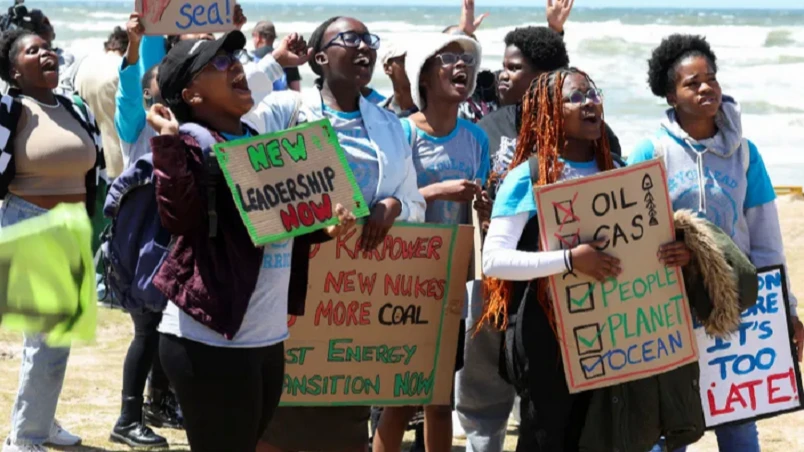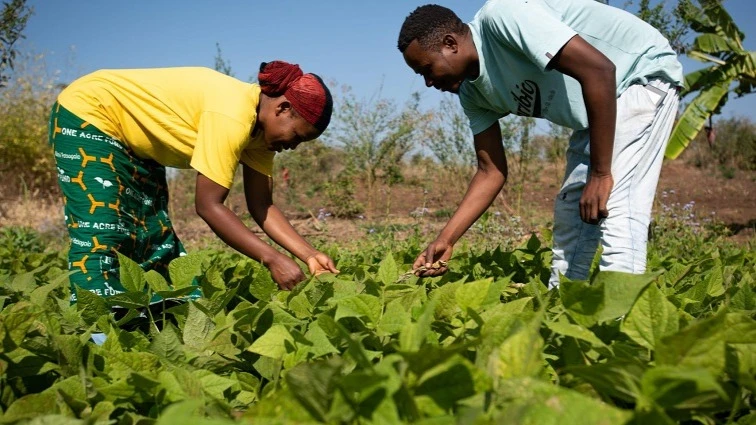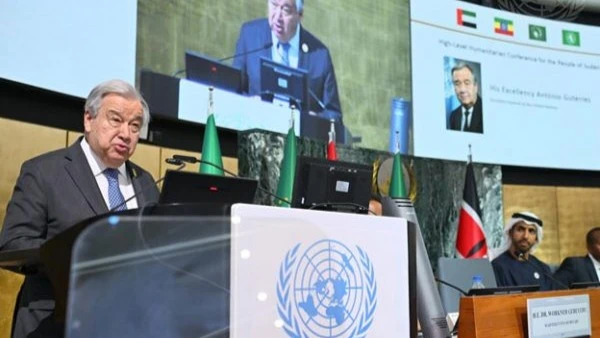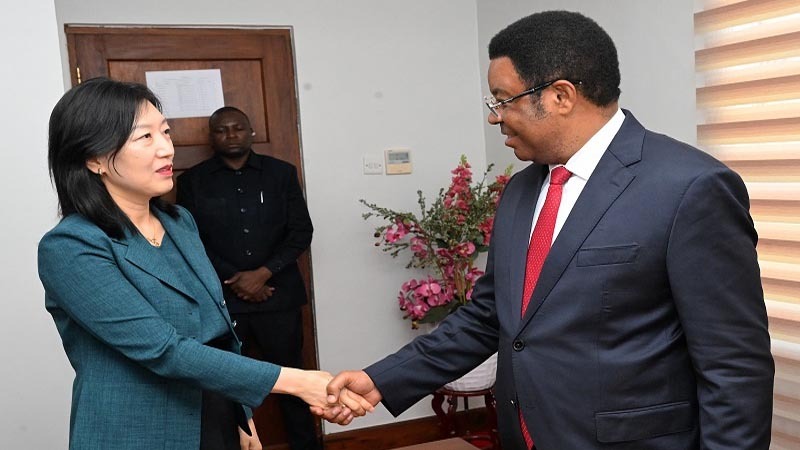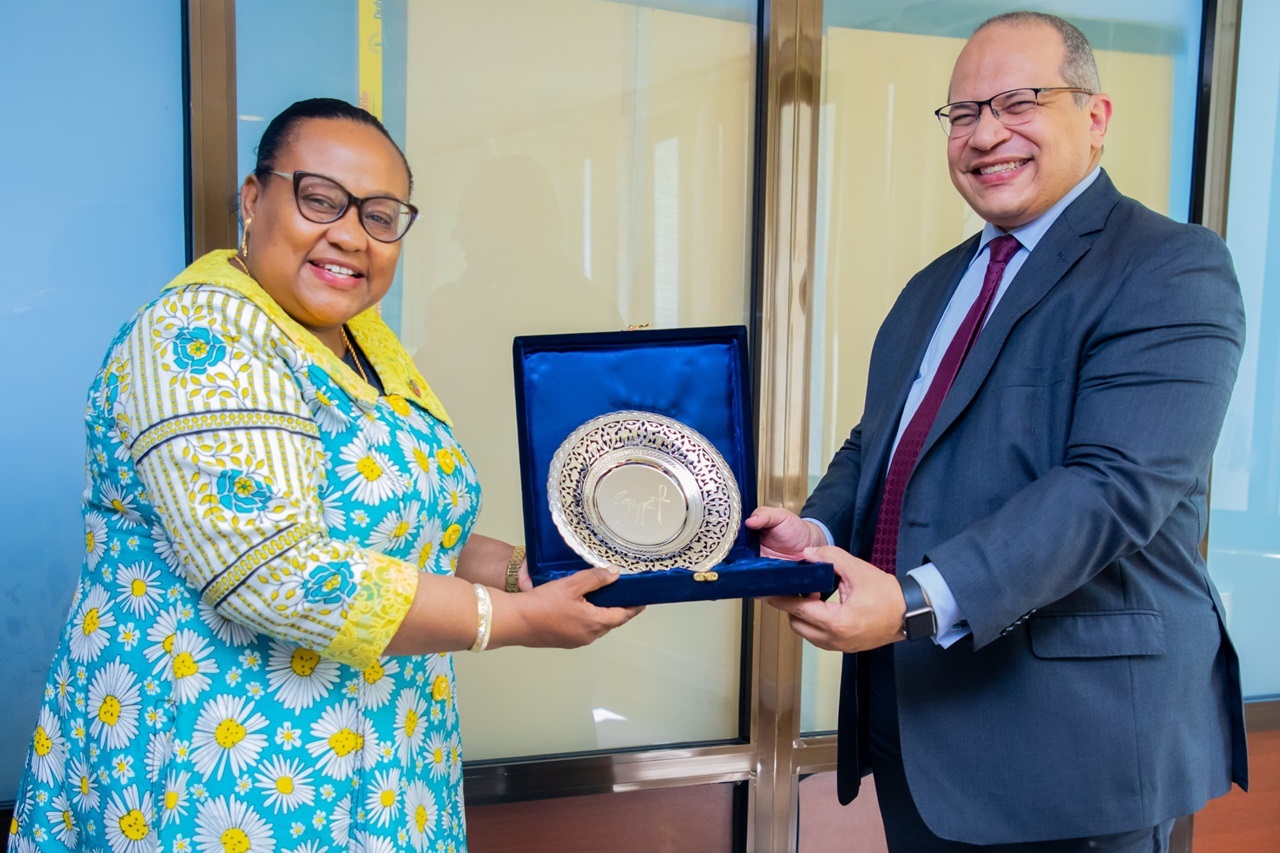Simba and Yanga: Balancing legacy and financial sustainability
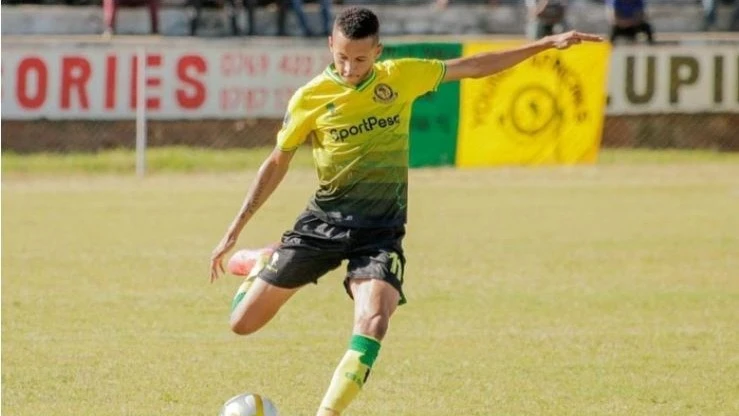
FROM the sunlit shores of Zanzibar to Mainland's sprawling plains, every two football fans you bump into in Tanzania are split between Simba SC and Young Africans SC (Yanga) not otherwise. It's a rivalry woven into the very fabric of the nation.
The clubs, with a rich history spanning nearly a century, were established over 80 years ago. For the past two decades, whenever the referee whistled to mark the end of the Premier League, it was either of the two clubs' fans in the name of Msimbazi Street-based Simba and Jangwani Street-based Young Africans who erupted in joy as they claimed the league title.
The lone exception transpired in 2014 when Azam FC made history by clinching the title for the first time. However, the dominance and fame of these iconic clubs bear little to their financial resilience.
Simba and Young Africans are navigating an intricate transformation journey to bolster their footballing prowess and financial sustainability.
For Simba, ownership is proposed to be structured, with 51% allocated to members and 49% to Mohamed Dewji. Similarly, Young Africans propose a 49% ownership stake for investors, with the remaining 51% retained by club members.
However, the transformation journey, winding and relentless, with hopes at the end of the tunnel, beckons a long way to go.
In 2021, Mo Dewji, an investor pursuing a 49% stake ownership of the Simba SC, publicly criticized the delays in the process, citing regulatory and procedural obstacles. The transformation process is still ongoing.
In the grand theatre of Tanzania football, despite delays in the transformation, Mo Dewji, owner of MeTL Group, and GSM deserve credit for their significant investments in Simba and Young African, respectively.
Yet, as the light shines brightly, there are whispers of concern. From operational framework to revenue models, the clubs' dependence on short-term strategies in their pursuits for glory raises eyebrows about their financial sustainability and long-term viability.
Contemporarily, Simba and Young African rely heavily on acquiring the biggest superstars in their prime as their primary player-acquisition strategy.
Despite boasting about football academies, their impact is shadowy. Nevertheless, such a strategy is too expensive and unsustainable for many reasons.
Identifying and securing elite talents requires scouting teams with vast experience and diverse specialties, capacities, and analysts supported by cutting-edge technological devices to evaluate prospective players' performance, injuries, and potential.
Besides, it requires global outreach to uncover opportunities, significant time investment, and consistent monitoring to reach informed decisions.
On the flip side, clubs must understand the market dynamics intensely to negotiate effectively yet ascertain value for money. Unfortunately, our giant local clubs, Simba and Young Africans, lack these critical components to compete globally.
For instance, in 2023 and 2024, Young Africans signed Augustine Okrah and Jean Baleke - players previously dropped by Simba for underperformance.
Young Africans have since released Okrah. However, later on, FIFA ordered Young Africans to pay him $24,400 in a wage dispute, and Baleke is currently struggling, with the club considering loaning him to Dodoma Jiji FC.
Initially, the moves appeased the fanbase and taunted rivals; however, it backfired, stressing the perils of prioritizing short-term strategy over a strategic, data-driven approach that could reinforce long-term success.
In December 2019, Young Africans signed Yikpe Gislain Gnamien from Gor Mahia FC. However, in the process, a former Young Africans striker, Boniface Ambani, issued a warning about the prospective signing, insisting that; "I watched him at Gor Mahia. I am a striker, and I know the caliber of strikers Yanga likes. I knew he won't fit the bill.."
The warnings were brushed aside. Yikpe was successfully signed, but, as Ambani said, he failed to prove his worth and didn't even last an entire season, as in August 2020, Yikpe was among the 14 players axed by Young Africans.
The tales echo through time, each brushstroke on the same enduring canvas with Juma Balinya and Carlos Fernandez (Carlinhos) (pictured) in the equation.
Flipping the page, Simba, much like their rivals Ypung Africans, navigate a fair share of twists and turns in player signings.
In November 2014, the club signed Dan Sserunkuma (Ugandan international) with a $40,000 signing fee. However, just five months later, in March 2015, Simba and Dan agreed to terminate the contract mutually, with performance issues being the primary concern.
A similar pattern transpired in January 2024 when Simba signed Babacar Sarr, US Monastir FC, Senegal, on a two-year deal. However, the player lasted only six months, with his contract terminated in July 2024 due to performance issues.
The same year, the club signed Gambian striker Pa Omar Jobe. Despite high expectations, the player failed to prove his worth. In July 2024, the player's contract was terminated six months later.
It is worth noting that failed signings of 2024 are happening with Mels Daalder, an experienced Dutch scout, onboard hired by Simba in May 2023.
These repeated setbacks underline the need to alter the clubs' recruitment strategy to nurture talents through academies, expand scouting networks, and embrace data-driven decisions in player recruitment.
Acquiring top-tier players necessitates offering lucrative salaries, fringe benefits, bonuses, and long-term contracts. All these culminate in huge wage bills adversely impacting the club's finances and operations.
However, in most cases, club management overlooks this due to the pressure and myopic view for quick wins.
In the 2023/2024 season, Young Africans earned TZS 21.2 billion but spent TZS 22.3 billion, resulting in a TZS 1.1 billion loss. Player salaries consumed 34.91% of earnings (TZS 7.4B) and 33.18% of expenditures. Incentives added 12.26% (TZS 2.6B) and 11.66%, respectively.
Together, player costs took 47.17% of earnings and 44.84% of expenditures, straining operations.
Besides, Simba projected TZS 25.9 billion in revenue for 2023/2024. Still, TZS 6.8 billion (26.25%) on salaries and TZS 3.6 billion (13.89%) on bonuses laid bare the financial weight of ambition, with player costs consuming 40.14% of earnings. It is a gamble between glory and ruin.
However, ruins turn the tide.
With turbulence in the global economy and unpredictable pandemics like COVID-19, clubs should exercise prudent financial management.
Gurus in sports management and other sports bodies, such as CIES Football Observatory and Deloitte Football Money League, underscore that for clubs above the breakeven point, player salaries shouldn't at least not exceed 60% of their total revenue.
However, 30% - 40% is the most recommended threshold for clubs below the breakeven point to avoid deepening financial risks.
Unfortunately, delving into Simba and Young Africans revenues and expenditures figures, particularly bonuses and wag bills, beckons that ambition comes at a cost, and the wage bills tip the scale, leaving little room for sustainability.
These conundrums mirror the drawbacks global clubs like Manchester United, Chelsea, and Real Madrid face. Simba, Young Africans, and other local clubs should learn from these developments.
In Oct 2024, Man Utd ended an ambassadorial contract (multi-million pound) with Sir Alex Ferguson, the most successful manager in the club's history. The move came after axing 250 jobs as part of a cost-cutting programme.
In 2020, Real Madrid was forced to negotiate player salary cuts (10-20%) to stay afloat due to the coronavirus pandemic. Since then, Los Blancos has redefined its transfer strategy, signing very young players with significant potential before their value reaches exorbitant levels.
Players like Vinicius, Rodrygo, Militao, Camavinga, and Tchouameni were acquired under the new strategy.
Football leagues in developing countries like Tanzania have limited global exposure compared to Europe and Asia.
Hence, signing proven players brings an inherent risk of generating a limited return on investment (ROI). Although valuable on the field, they don't bring as much commercial value, such as increased shirt sales, lucrative media rights deals, substantial image rights, sponsorships and partnerships, and social media engagements.
Success in football transcends quantifiable metrics. It demands players that embody the club DNA, a trait often missing in players in their prime.
In retrospect, the Simba squad of the early 2000s, under the captaincy of Boniface Pawasa, that ousted Zamalek, Egypt, the then CAF defending champion, had no international signing.
Instead, they had players who epitomized the club's identity and core values. The team, as Pawasa several times recounted, possessed a fighting spirit and unwavering winning mentality.
Pawasa took an elbow from Hossam Hassan, got six stitches without anaesthesia, and still played on. It was usual for an injured player to insist on continuing regardless of their condition.
Sir Alex Ferguson, in his autobiography, explicitly exemplifies the power of nurturing homegrown talent, referring to his Class of 1992.
Nurturing homegrown players offers an opportunity to groom them with football skills and a deep-rooted comprehension of the club's DNA for long-term cohesion and success.
Of course, I was very young, a primary student then; however, SAF and Pawasa's words remind me of the Mtibwa Sugar squad (Wana tam-tam), the Back-to-back champions of 1999 - 2000.
It wasn't just a squad but a symphony of local brilliance featuring 25 men with Tanzanian IDs. Some notable figures in this squad included Steven Nemes (GK), Mecky Maxime (Defender), Zuberi Katwila (Midfielder), Yusuph Macho (Midfielder), and Monja Liseki (Defender).
Mtibwa Sugar was founded in 1988, played in the fourth division in 1989, and was promoted to the first division in 1996.
In 1998, the league was restructured into the Tanzania Premier League, and a year later, the team won back-to-back Tanzanian Premier League Champions in 1999 and 2000.
Its success culminated not from the wealth of giants but the pride of its soil. Two decades ago, Mtibwa vividly showed us that greatness isn't bought; it's nurtured.
Critics may point to glittering successes Manchester City and Chelsea garnered under Sheikh Mansour of Abu Dhabi and Roman Abramovich, a Russian oligarch, respectively.
However, it should also be remembered that Manchester City is accused of 115 breaches of financial rules spanning nine seasons and is grappling with inconsistency in 2024/2025 despite a roster of proven stars.
Equally, after its short-term triumphs under Abramovich, Chelsea is battling to regain its former dominance.
Hence, significant investments in academies nurturing homegrown talents with few additions of proven stars is feasible and a pragmatic strategy for long-term success.
Simba and Young Africans must rethink their approach to player recruitment and team development to remain financially competitive yet uphold their prowess beyond short-term success.
They should prioritize nurturing academy graduates and expanding scouting networks locally and globally to identify and recruit emerging talents early.
Adopting a data-driven approach, as exemplified by Brighton & Hove Albion, offers a blueprint for creating a cohesive and sustainable squad with clear tactical strategies and style of play.
These strategic shifts are crucial not only for Simba and Young Africans but also for bolstering the national team, and it's the only pragmatic model to transform from dominant local powerhouses into globally respected clubs.
As I conclude this article, I fail to comprehend that these touted football powerhouse and century-old clubs in East Africa stand without even a 30,000-seat stadium.
If our Tanzanian local clubs don't change their tradition in club operations, mainly player scouting and recruitment, they risk treading the same weary path endlessly.
And there lies a risk of reverting to stark financial constraints days of begging bowls and handouts.
*Kochecha Heriel is a sports analyst
Top Headlines
© 2025 IPPMEDIA.COM. ALL RIGHTS RESERVED



